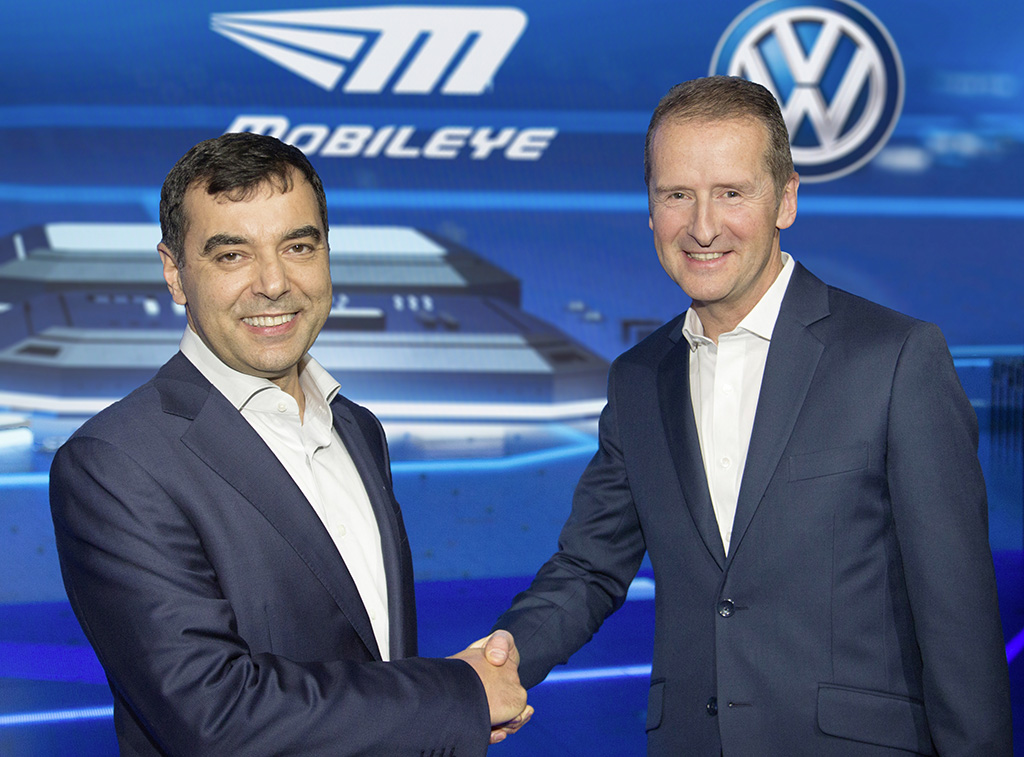The automotive industry is on the cusp of a transformative shift propelled by autonomous driving technologies. A significant player in this evolution is the collaboration between Volkswagen and Mobileye. By leveraging the Road Experience Management (REM) mapping service, these industry giants are embarking on a journey to enhance how cars understand and interact with their environments using crowdsourced data. This partnership is not just innovative; it signifies a collective effort to make our roads safer and more efficient for everyone.
The Essence of Crowdsourcing in Autonomous Vehicles
At the heart of the Volkswagen-Mobileye partnership is the concept of crowdsourcing real-time road conditions. The REM service enables vehicles equipped with front-facing cameras to track essential road metrics, including lane markings and traffic signs. Once gathered, this data is transmitted to the cloud, where it contributes to a constantly evolving set of HD navigation maps.
- Data Collection: Each vehicle acts as a data point, gathering and sending vital information about road conditions and potential hazards.
- Real-Time Updates: The cloud-based system integrates these inputs, ensuring that maps reflect current conditions, which is critical for navigation and safety.
- Anonymous Functionality: Anonymized data empowers the system to analyze traffic patterns and parking availability without compromising user privacy.
A New Era for Volkswagen Models
Starting in 2018, Volkswagen vehicles will incorporate the REM system in new models. This integration signifies a significant advancement in how we understand mobility. Through the use of crowdsourced data, these vehicles will be equipped not only to navigate but also to communicate with one another, creating a network of ‘smart swarms’ effectively sharing information.
The Promise of Industry Collaboration
The Volkswagen-Mobileye alliance is a harbinger of industry-wide collaboration. By encouraging different manufacturers to adopt the REM platform, this initiative aims to build comprehensive HD maps that improve autonomous driving and advanced driver-assist features across various brands. The potential for collaboration in the automotive sector presents exciting possibilities for the future of transport.
Real-World Applications and Experiences
My firsthand experience with Mobileye’s REM system at CES in Las Vegas showcased the potential of this technology. As I navigated Delphi’s autonomous driving system, the efficiency and precision were unmistakable. While it may be challenging to pinpoint the direct impact of any single component, the concept of intelligent vehicles working in harmony is becoming more tangible.
The Road Ahead: Challenges and Opportunities
Though the benefits of the REM system are clear, challenges remain. Ensuring data accuracy and security will be critical as more vehicles become connected. Additionally, fine-tuning the algorithms that process this vast amount of information will be essential for improvement over time.
Conclusion
The partnership between Volkswagen and Mobileye is not merely about technological advancement; it represents a vision for a future where autonomous cars can better understand the world around them through collective intelligence. As we embrace the capabilities of such innovations, our roads could become safer and more efficient for all users. At fxis.ai, we believe that such advancements are crucial for the future of AI, as they enable more comprehensive and effective solutions. Our team is continually exploring new methodologies to push the envelope in artificial intelligence, ensuring that our clients benefit from the latest technological innovations.
For more insights, updates, or to collaborate on AI development projects, stay connected with fxis.ai.

